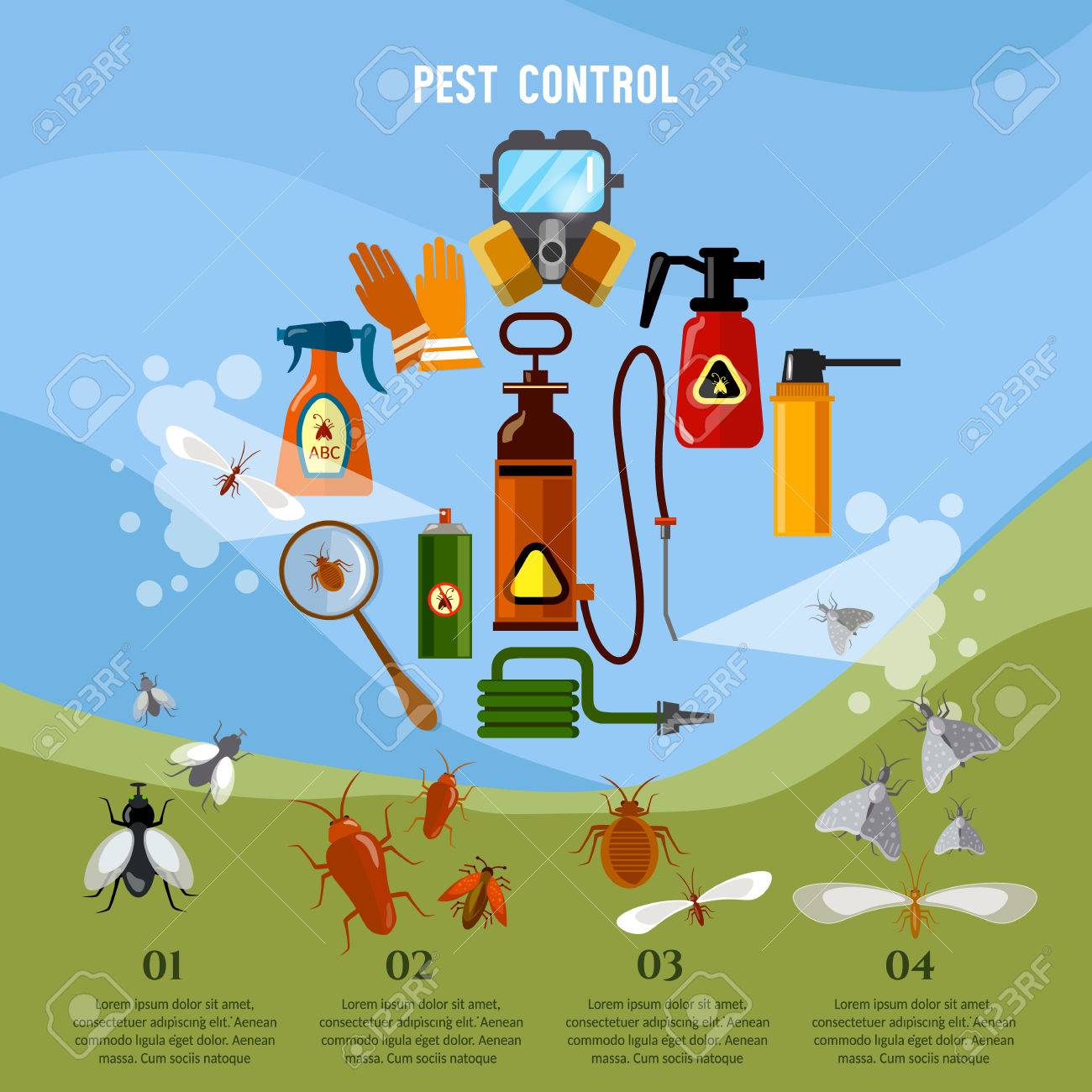Rodent-Proofing Your Attic: Important Tips For Homeowners
Rodent-Proofing Your Attic: Important Tips For Homeowners
Blog Article
Write-Up Writer-Britt Degn
Envision your attic as a relaxing Airbnb for rodents, with insulation as cosy as hotel pillows and electrical wiring extra attracting than room service. Currently, picture these unwanted guests throwing a wild party in your home while you're away. As a house owner, guaranteeing your attic room is rodent-proof is not practically comfort; it's about shielding your home and loved ones. So, what hoban pest control can you require to guard your sanctuary from these furry intruders?
Check for Entry Details
To begin rodent-proofing your attic, check for access points. Start by meticulously analyzing the exterior of your home, looking for any type of openings that rats can utilize to gain access to your attic. Check for spaces around utility lines, vents, and pipes, along with any cracks or holes in the structure or home siding. Ensure to pay very close attention to areas where various building materials meet, as these are common entry factors for rats.
Furthermore, inspect the roofing system for any kind of harmed or missing tiles, as well as any type of gaps around the edges where rats might squeeze via. Inside the attic room, search for indications of existing rodent activity such as droppings, chewed cords, or nesting materials. Utilize a flashlight to extensively inspect dark corners and concealed areas.
Seal Cracks and Gaps
Examine your attic completely for any type of cracks and spaces that need to be sealed to avoid rats from getting in. Rats can press with even the smallest openings, so it's essential to seal any potential access points. Examine around pipelines, vents, cords, and where the wall surfaces fulfill the roof covering. Utilize a mix of steel wool and caulking to seal these openings efficiently. Steel woollen is an exceptional deterrent as rats can't chew via it. Make sure that all voids are tightly sealed to deny access to unwanted insects.
Do not overlook the significance of sealing gaps around doors and windows as well. read this post here stripping or door moves to seal these locations successfully. Examine the areas where energy lines get in the attic room and secure them off using an ideal sealer. By putting in the time to secure all fractures and gaps in your attic, you create a barrier that rats will certainly discover tough to breach. Prevention is key in rodent-proofing your attic, so be extensive in your efforts to seal off any potential entrance points.
Remove Food Resources
Take proactive measures to get rid of or store all possible food resources in your attic to hinder rodents from infesting the room. Rodents are brought in to food, so removing their food resources is essential in maintaining them out of your attic room.
Here's what you can do:
1. ** Store food firmly **: Avoid leaving any food things in the attic room. Store all food in impermeable containers made of steel or heavy-duty plastic to stop rats from accessing them.
2. ** Clean up debris **: Get rid of any type of heaps of particles, such as old newspapers, cardboard boxes, or wood scraps, that rats can make use of as nesting product or food sources. Keep the attic room clutter-free to make it less enticing to rats.
3. ** Dispose of trash properly **: If you utilize your attic for storage and have rubbish or waste up there, make sure to deal with it consistently and properly. Decaying trash bin bring in rodents, so keep the attic room tidy and free of any type of natural waste.
Verdict
In conclusion, keep in mind that an ounce of avoidance deserves a pound of remedy when it comes to rodent-proofing your attic room.
By making the effort to inspect for entrance points, seal splits and voids, and remove food sources, you can keep unwanted bugs away.
Bear in mind, 'An ounce of prevention deserves an extra pound of treatment' - Benjamin Franklin.
Keep aggressive and safeguard your home from rodent invasions.
